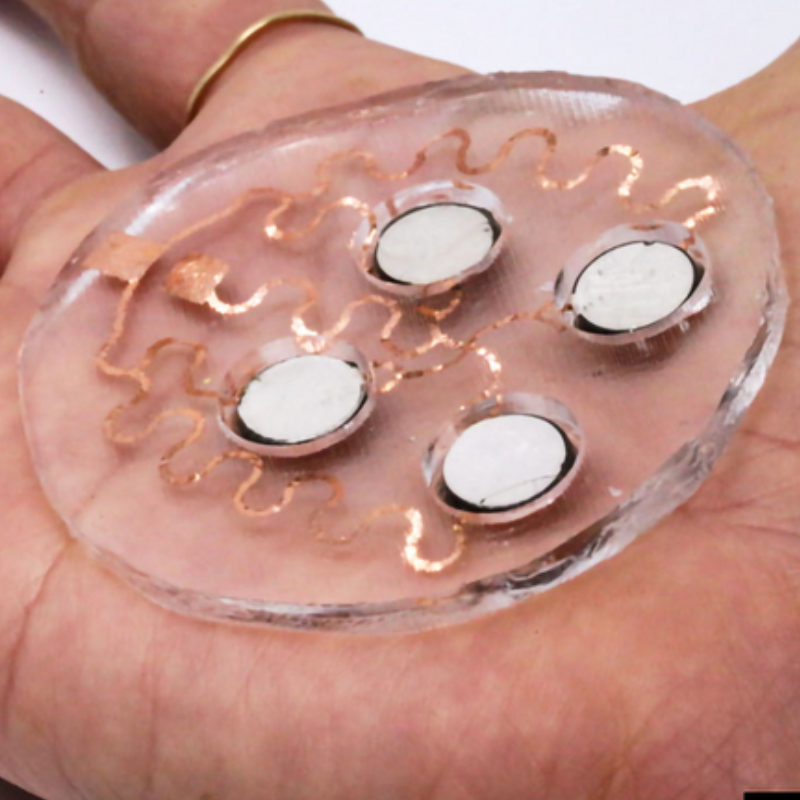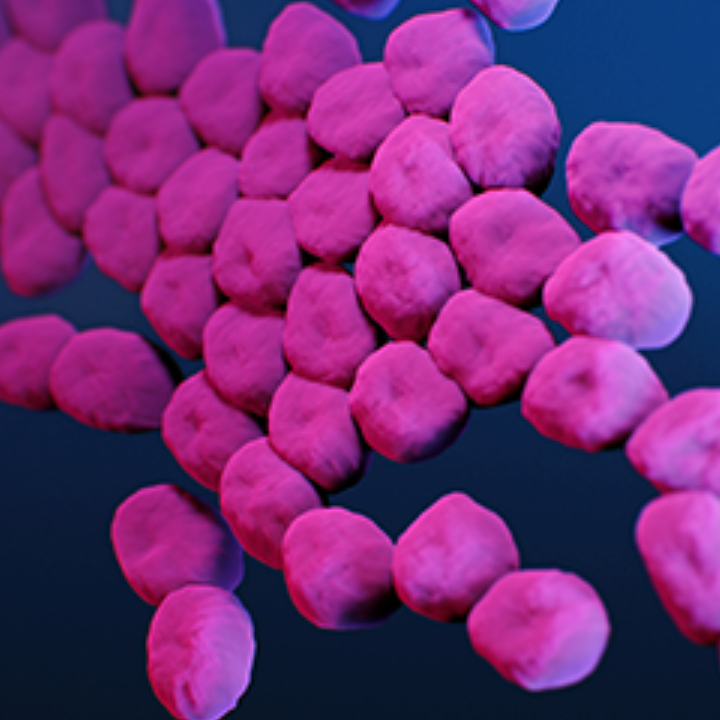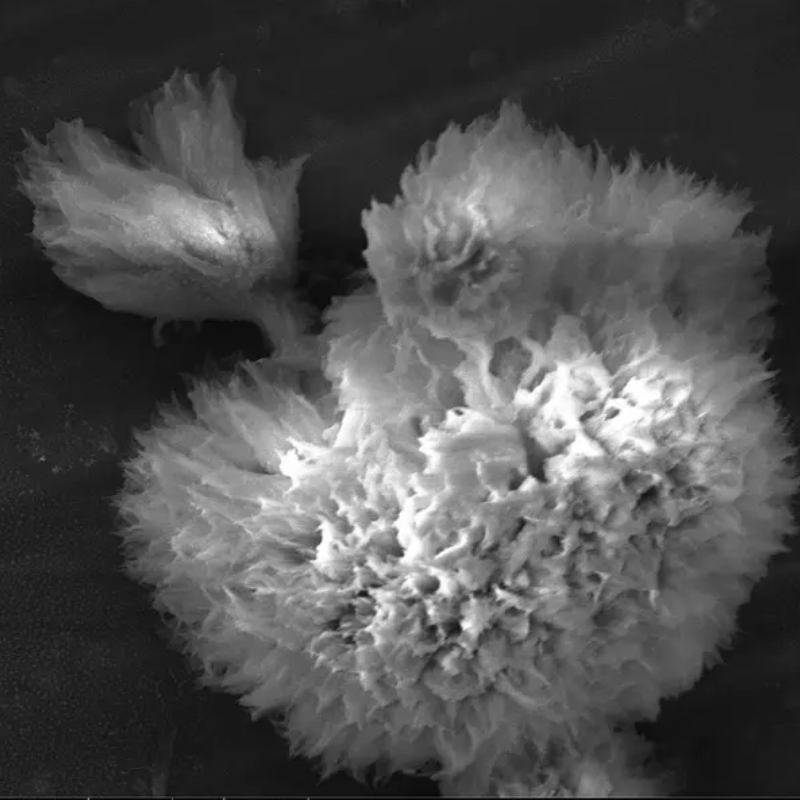Machine-learning algorithm indentifies drugs that shouldn’t be prescribed together
Feb. 21, 2024.
3 min. read
2 Interactions
Also helps drug development
RELATED NEWS
Using a machine-learning algorithm, researchers can now predict interactions that could interfere with a drug’s effectiveness, according to a study by researchers at MIT, Brigham and Women’s Hospital, and Duke University.
Any drug taken orally must pass through the lining of the digestive tract. Proteins called “transporters,” found on cells that line the GI tract, help with this process. But for many drugs, it’s unknown which of those transporters the drugs use to exit the digestive tract. So they can interfere with each other and should not be prescribed together.
Identifying transporters
The researchers have developed a way to identify the transporters used by different drugs, using tissue models and machine-learning algorithms, according to Giovanni Traverso, an associate professor of mechanical engineering at MIT. He is also a gastroenterologist at Brigham and Women’s Hospital and the senior author of the study, which appears in Nature Biomedical Engineering.
Learning more about which transporters help drugs pass through the digestive tract could also help drug developers improve the absorbability of new drugs by adding excipients that enhance their interactions with transporters.
Model training
For this study, Traverso and his colleagues adapted a tissue model they had developed in 2020 to measure a given drug’s absorbability. This experimental setup, based on pig intestinal tissue grown in the laboratory, can be used to systematically expose tissue to different drug formulations and measure how well they are absorbed.
The researchers tested 23 commonly used drugs using this system, allowing them to identify transporters used by each of those drugs. Then they trained a machine-learning model on that data, as well as data from several drug databases. The model learned to make predictions of which drugs would interact with which transporters, based on similarities between the chemical structures of the drugs.
Two million predictions of potential drug interactions
Using this model, the researchers analyzed a new set of 28 currently used drugs, as well as 1,595 experimental drugs. This screen yielded nearly 2 million predictions of potential drug interactions. Among them was the prediction that doxycycline, an antibiotic, could interact with warfarin, a commonly prescribed blood-thinner. and with digoxin (which is used to treat heart failure), levetiracetam, an antiseizure medication, and tacrolimus, an immunosuppressant.
That data confirmed the model’s predictions that the absorption of doxycycline is affected by digoxin, levetiracetam, and tacrolimus. Only one of those drugs, tacrolimus, had been previously suspected to interact with doxycycline.
Helping drug development
This approach could also be applied to drugs now in development. Drug developers could tune the formulation of new drug molecules to prevent interactions with other drugs or improve their absorbability. Vivtex, a biotech company co-founded in 2018 by former MIT postdoc Thomas von Erlach, MIT Institute Professor Robert Langer, and Traverso to develop new oral drug delivery systems, is now pursuing that kind of drug-tuning.
The research was funded in part by the National Institutes of Health, the Department of Mechanical Engineering at MIT, and the Division of Gastroenterology at Brigham and Women’s Hospital.
Citation: Shi, Y., Reker, D., Byrne, J.D. et al. Screening oral drugs for their interactions with the intestinal transportome via porcine tissue explants and machine learning. Nat. Biomed. Eng (2024). https://doi.org/10.1038/s41551-023-01128-9
Let us know your thoughts! Sign up for a Mindplex account now, join our Telegram, or follow us on Twitter.

.png)

.png)


.png)





1 Comments
One thought on “Machine-learning algorithm indentifies drugs that shouldn’t be prescribed together”
I would assume this is not just about rejecting the absence of interactions but also about confirming it with a relatively high probability. Having such a proof that some drugs can be securely taken together removes a lot of guesswork and situations where people would have to skip medication because of uncertainty.
🟨 😴 😡 ❌ 🤮 💩